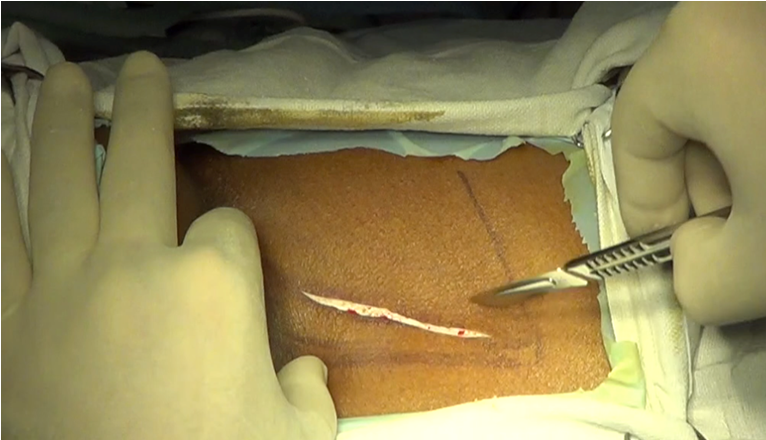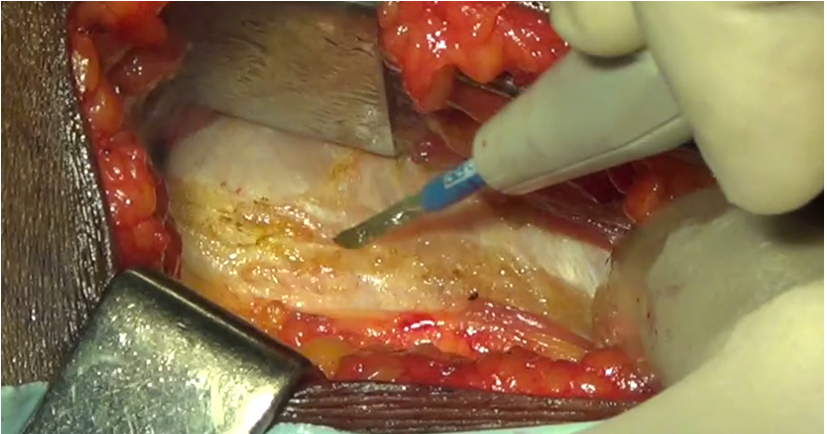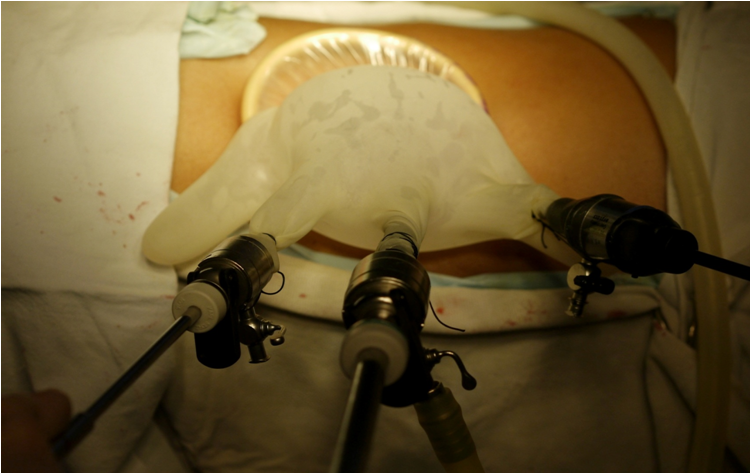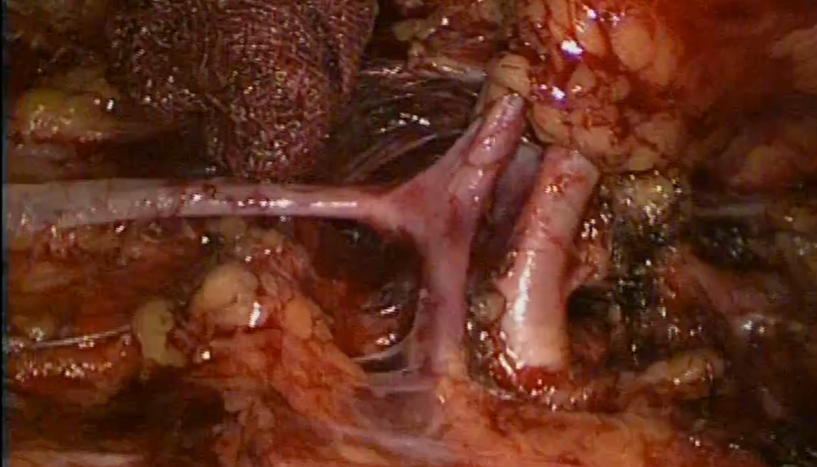Retroperitoneal Single Port Versus Transperitoneal Multiport Donor Nephrectomy: A Prospective Randomised Control Trial
Ashish Sharma1, Neelam Chauhan2, Deepesh Benjamin Kenwar1, Navdeep Singh1, Sarbpreet Singh1, Kunal Kapoor1, Sandeep Kumar1.
1Department of Renal Transplant Surgery, Post Graduate Institute of Medical Education and Research, Chandigarh, India; 2Department of General Surgery, Post Graduate Institute of Medical Education and Research, Chandigarh, India
Background:- Laparoscopic donor nephrectomy(LDN) converted a retroperitoneal procedure into a transperitoneal operation with reports of bowel and solid organ injuries leading to mortality in occasional cases. Laparoscopic retroperitoneal donor nephrectomy can reduce these risks but never became popular due to the muscle cutting approach. Lumbotomy incision can be used to approach retroperitoneum by incising fascial planes eliminating disadvantages of retroperitoneal approach. This report compares the outcomes of standard multiport transperitoneal LDN with translumbar Laparoendoscopic Single Site Donor Nephrectomy (LESS-DN).
Methods:-. Between January 2016 to June 2017, 50 voluntary kidney donors out of 267 donors were randomised to undergo LESS DN vs LDN. Donors with BMI ≥30, multiple renal arteries and right sided nephrectomy those were excluded from the study. Postoperative pain, duration of surgery, length of graft vessels and ureter, warm ischaemia time, intraoperative blood loss, incision length, convalescence period, duration of hospital stay and recipients’ creatinine at discharge were compared amongst both the groups. Pain assessment was done using Visual analogue Score.
Surgical Technique - Kidney was approached through 6cm lumbotomy incision  parallel to sacrospinalis muscle. Lumbar fascia was incised
parallel to sacrospinalis muscle. Lumbar fascia was incised  and ureter along with gonadal vein was lifted off the retroperitoneal tissues with the open approach. Alexis® port with rubber glove was used as a single port
and ureter along with gonadal vein was lifted off the retroperitoneal tissues with the open approach. Alexis® port with rubber glove was used as a single port  and further dissection was carried out laparoscopically. Gonadal vein was dissected till its drainage into renal vein. Renal vein was dissected and its tributaries ligated. Renal artery could be seen after ligation of lumbar vein.
and further dissection was carried out laparoscopically. Gonadal vein was dissected till its drainage into renal vein. Renal vein was dissected and its tributaries ligated. Renal artery could be seen after ligation of lumbar vein.  At this stage, lower pole of the kidney was separated from the peritoneum which allowed the dissection on the anterior surface of kidney till renal vein was seen anteriorly. Kidney was separated from adrenal and remaining fat. Ureter, renal artery and vein were ligated with two Hemolok clips each and kidney retrieved into the Alexis wound retractor, and taken out.
At this stage, lower pole of the kidney was separated from the peritoneum which allowed the dissection on the anterior surface of kidney till renal vein was seen anteriorly. Kidney was separated from adrenal and remaining fat. Ureter, renal artery and vein were ligated with two Hemolok clips each and kidney retrieved into the Alexis wound retractor, and taken out.
Results: - Retroperitoneal group experienced lesser pain (VAS score 0.3±0.3 vs 1.1±0.0,p 0.000), lesser analgesic requirement (186±51.07 vs 254±62.7 p0.000), faster convalescence (7.0±3.0 vs 10.7±3.3 days, p 0.00) related to smaller cumulative incision (7.8±0.8vs12.4±2.0,p0.00) and had reduced operative time (142±26.2 vs170.8±34.75 p 0.001) and blood loss. Other recorded parameters were similar in both the groups.
Conclusion- Single port retroperitoneal approach significantly reduced postoperative pain and hastened recovery when compared to a transperitoneal approach. Converting to a retroperitoneal approach presents an opportunity for surgeons to further reduce morbidity associated with the donor nephrectomy
